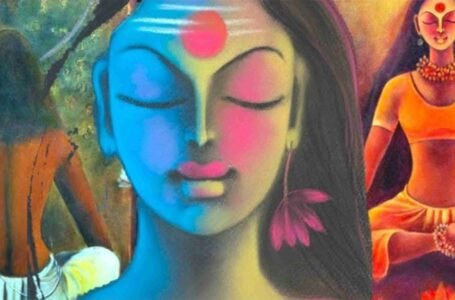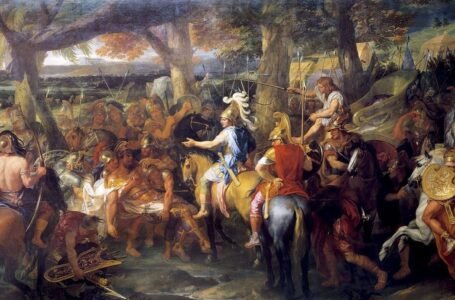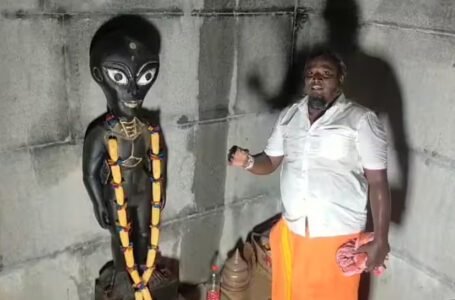Manikarnika Ghat: The Threshold of Life and Death in Varanasi
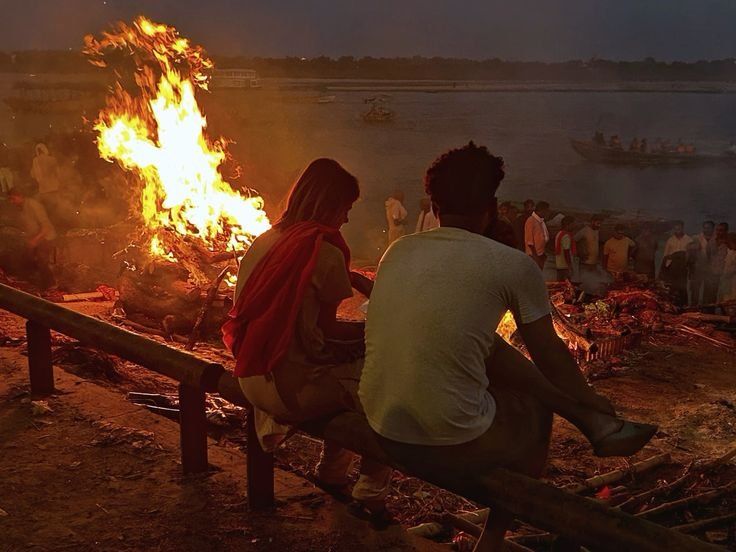
Varanasi, Lord Shiva’s timeless city, is esteemed as one of the holiest places for the Hindus. Among the innumerable ghats alongside the blessed Ganges River, none bears greater spiritual significance than that of Manikarnika. Not just a site of devotion, but there exists a space that blurs the line between life and death, with attitudes towards the transient state of existence embraced and celebrated.
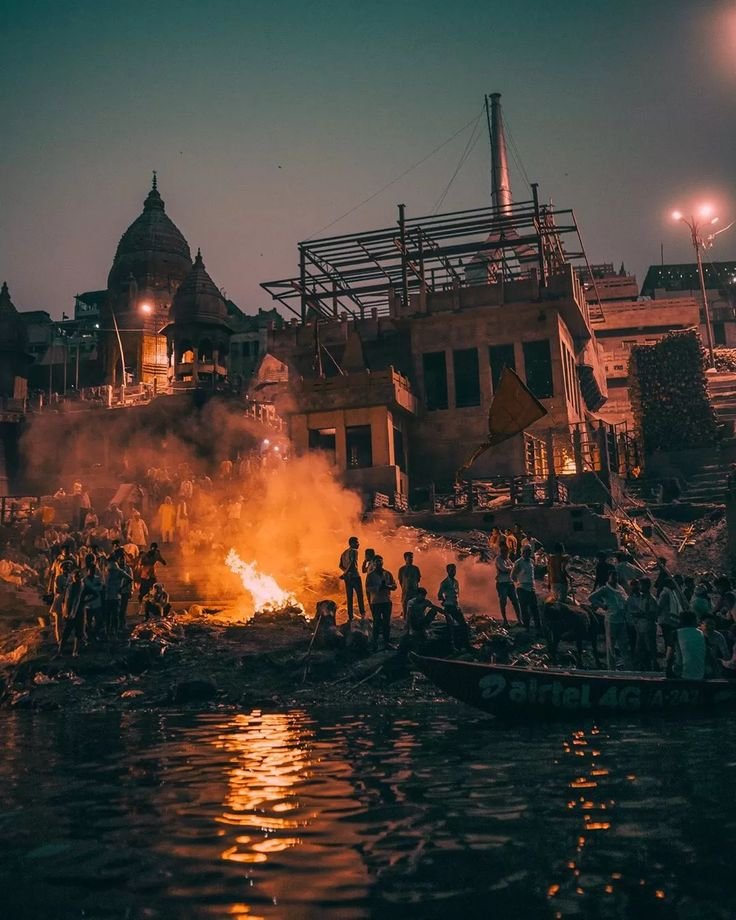
Manikarnika Ghat serves as one of the main Ganges cremation grounds in India, where Hindus cremate their loved ones, believing that the sacred indignations performed here grant moksha from the cycle of rebirth, samsara. The ambiance includes deep reverence, ritual, and spiritual detachment: this is the essence of Varanasi, where the transience of life is accepted within reach as they transition to a higher state. This ghat, surrounded by ancient temples, offers powerful reminders of Hindu philosophy. It regards death not as an end but as a passage toward a different form. The name “Manikarnika” bears its own mythological and historical significance, revealing its immense links to Lord Shiva, Goddess Parvati, and the holy Ganges.
History and Mythological Significance
This string of myths surrounding Manikarnika Ghat suggests that such is the linkage of its name with a fascinating tale of Lord Shiva and Goddess Parvati. According to legend, while creating the earth, Vishnu dug a well at this spot to be the cosmic centre. Lord Shiva and Goddess Parvati came to witness the rites being performed there. During this ceremony, one of Parvati’s earrings (manikarnika) fell into the well, and hence the name Manikarnika came to be. The presence of this cosmos ensures that this place is sanctified and that it embodies liberation eternally.
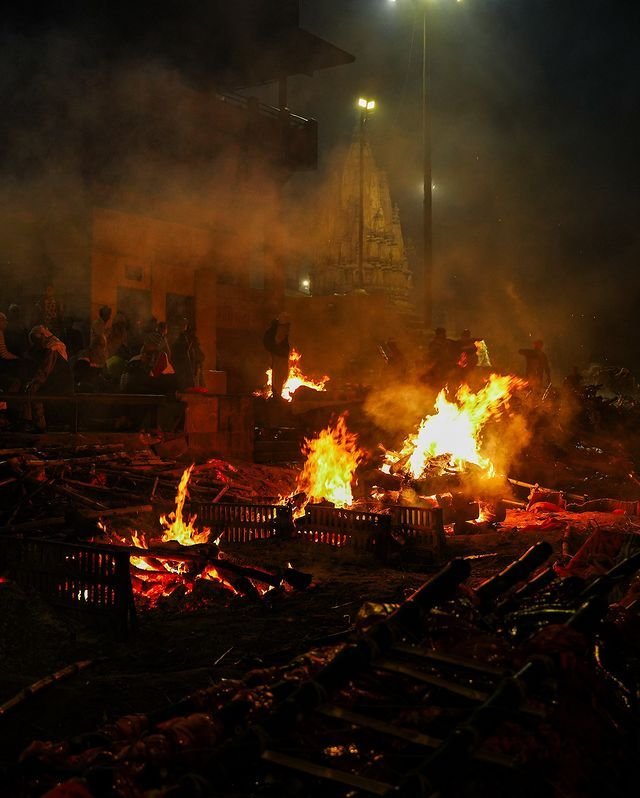
Yet another mythological version connects the ghat to that of moksha: Lord Shiva, it is said, whispers into the ears of the departed souls some Taraka Mantra—the mantra of salvation—during the last rites of those cremated at Manikarnika, thus assuring their liberation. This conviction exists indelibly in Hindu consciousness and sees a huge inflow of shrieking families with mortals in the last rites.
Traditionally, Manikarnika Ghat has been a centre of spirituality for ages unmeasured in time. It is one of the oldest ghats of Varanasi mentioned in various ancient texts along with the Puranas. It has witnessed an outpouring of generations of devotees, ascetics, and seekers who journey to Varanasi to face the starkness of life’s impermanence with its offerings of moksha.
Ghat architecture shines out with its ancient significance. The steps leading down to the Ganges are flanked by shrines and buildings couched in ornate carvings and inscriptions. Many of these structures are commissioned over the centuries by kings and wealthy patrons further endowing the ghat with spiritual and cultural recognition.
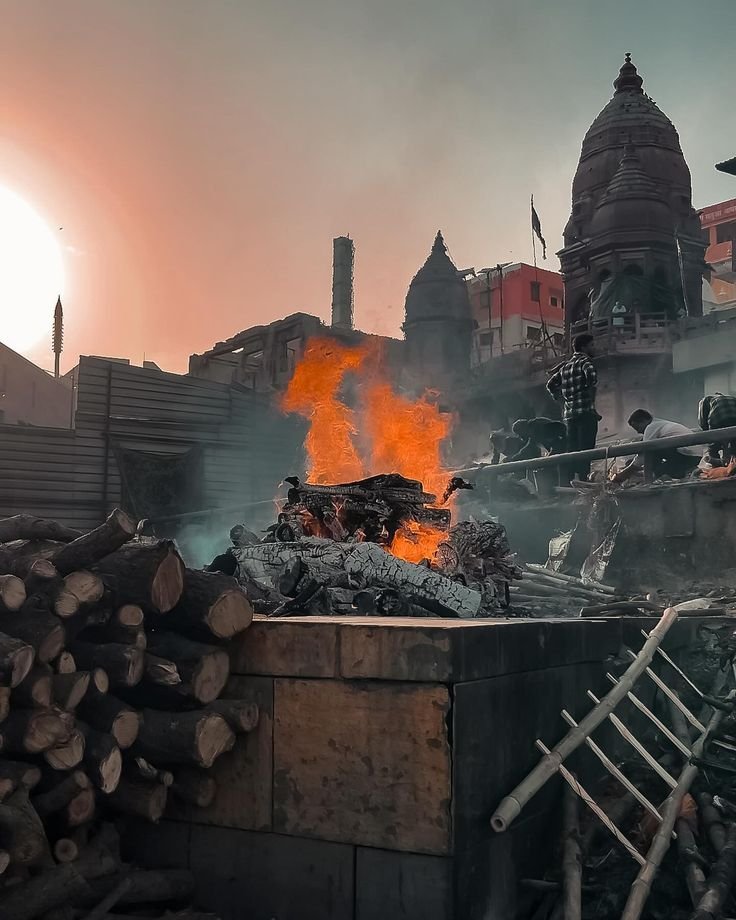
The Eternal Flames of Manikarnika
The most striking feature of Manikarnika Ghat is the eternal funeral pyres, which burn continuously throughout the day and night. The ghat works day and night, where various cremation ceremonies take place at the same time. This is the symbolism of continuous flames of life and death in this cyclical existence. The Manikarnika cremation process is strictly a tradition from ancient Hinduism and passed on to successive generations. The body is taken to the ghat on a bamboo stretcher accompanied by chants of Ram Naam Satya Hai, “The name of Ram is truth”. The final rites are performed by priests known as doms. Doms are said to be custodians of the sacred fire for the cremation who perform these rites.
The dom community helps in ensuring that the fire remains lighted and rituals are carried out as dictated by custom. Manikarnika’s flame, since time immemorial, has been perpetually burning with no fire extinguishing over time of its existence. It remains a metaphor in Hindu philosophies of life and immortal souls. Despite the link to death, the atmosphere at Manikarnika Ghat is not one of gloom but of acceptance and transcendence. Many visitors and pilgrims describe the ghat as a place of deep spiritual energy where the lines between the material and the divine dissolve.
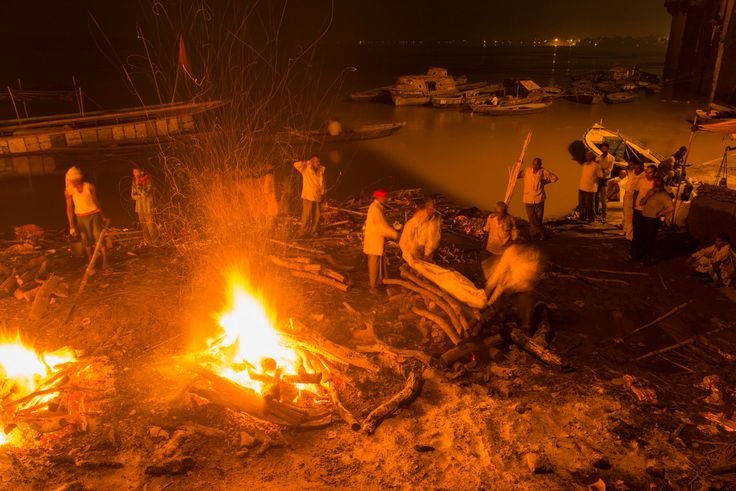
The Sacred Kund of Manikarnika
Manikarnika Kund is a sacred well that has profound religious significance and is placed along the ghat. Legend has it that Lord Vishnu himself created this, and the water contained here is considered to be very auspicious, thus bringing people from all corners of the world. People often visit the kund for performing complex purification rituals; after washing away their worldly worries, they participate in the various spiritual ceremonies at the ghat.
The kund is not only a location in space but is imbued with rich mythological narratives connecting the site to the cosmic cycles of creation and dissolution. Its very existence reminds one of the intricacies of life, death, and rebirth as being a fundamental theme pervading Hindu spirituality. The soothing sound of flowing water, the vibrant flowers offering, and the spiritual chants resonate in the air, enhancing the sacred atmosphere that surrounds this significant site.
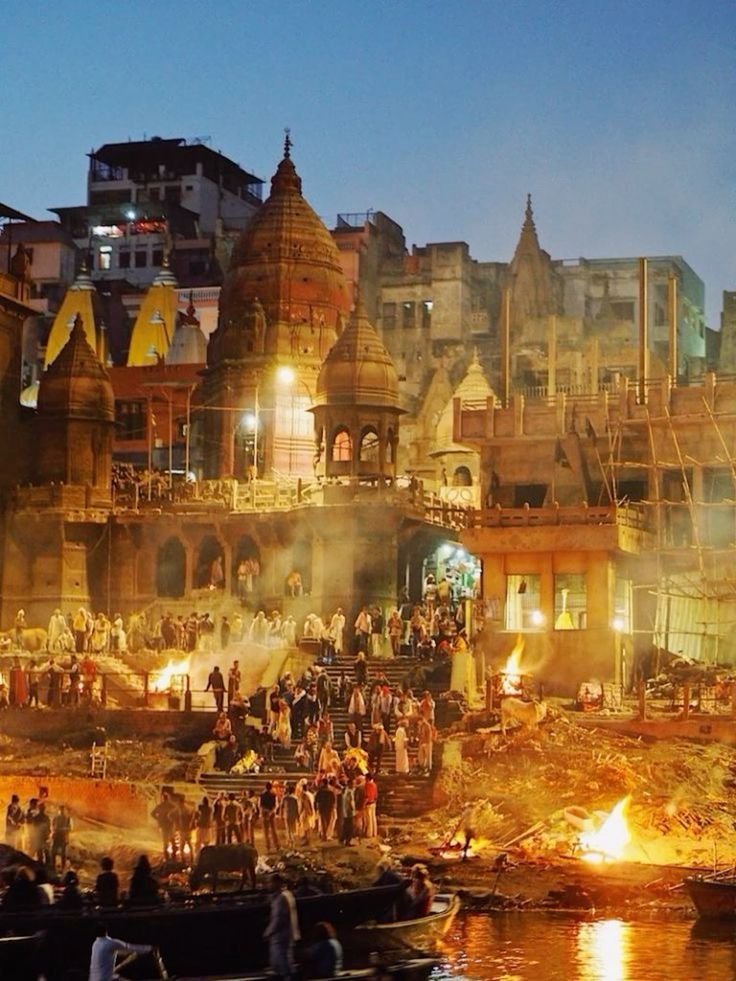
Cultural and Religious Significance
Manikarnika Ghat is more than the place for cremation; it is a culture and spiritual microcosm, portraying the very essence of Varanasi. To Hindus, it symbolizes the ultimate goal of life: liberation from the cycle of life and death. This belief attracts people from all over India and beyond, making Manikarnika a melting pot of traditions, languages, and rituals.
The concept of moksha related to the ghat has inspired myriad literary and artistic works. Poets, philosophers, and filmmakers have approached the themes of death and transcendence through the prism of Manikarnika, drawing on its special ambiance as a backdrop for creative expression.
The ghat’s rites and practices, which have survived for centuries, form a living link with ancient traditions. And, despite being affected by the forces of modernization and growing urbanization, Manikarnika stands permit as a sacrosanct space where India’s spiritual heritage continues to breathe and thrive.
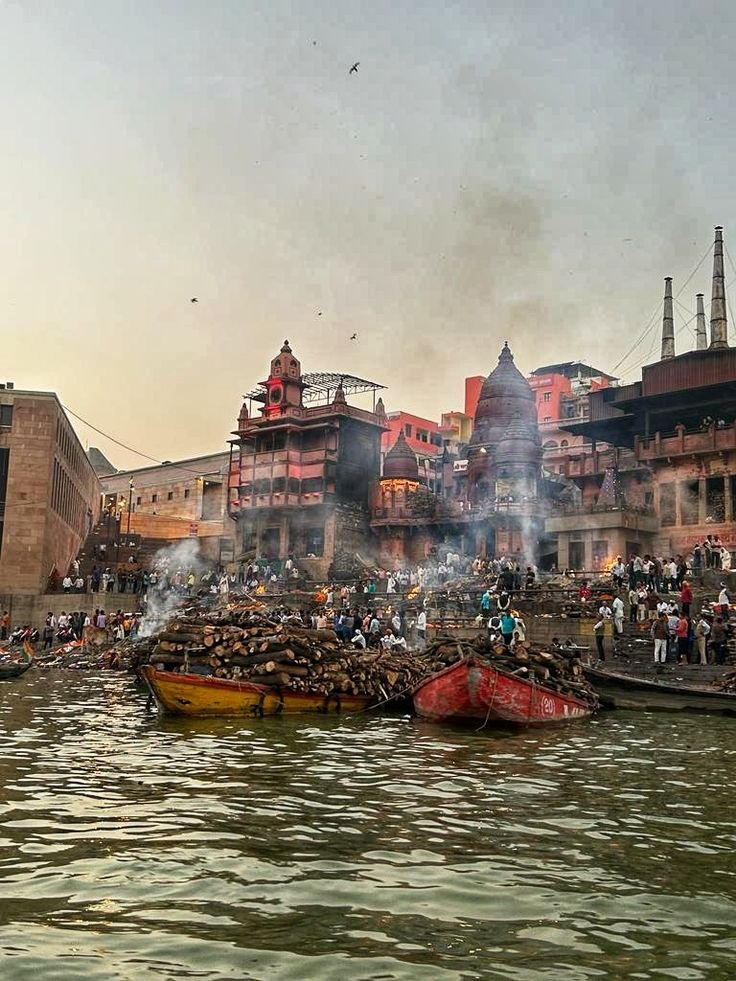
Challenges and Preservation Efforts
Like many ancient sites, Manikarnika Ghat is beset by the twin problems of environmental degradation and overcrowding, as well as modernization. As the number of pilgrims and tourists rises, this is already testing the ghat infrastructure, while the concern of creating pollution in the Ganges is still pressing.
Local authorities and religious organizations have begun taking strides to preserve the sanctity and heritage of the ghat. These include cleaning campaigns, awareness programs, and infrastructural improvements, along with any measure intended to help them adhere to the spiritual and cultural significance of the ghat. A painstaking effort but vital is finding that balance between the conservation of tradition and accommodating what modernity demands.

Conclusion
As a living embodiment of transience and salvation, Manikarnika Ghat is an amalgam of fire, ancient ritual, and mythic potency super neo-realistic narrative intermingling sacred and profane. It is a ghat that is more than a cremation ground; for a Hindu, it is an avenue of liberation, offering divine respite in death.
The eternal creative emanation of the ghat revolves around the disintegration of fear of death and the insights into the circularity of life. The ghat has remained the rock of faith, where myriad spirits sequester on the banks of salvation and peace before departing to peaceful oblivion. At the same time, the flames continue their never-ending flicker. In the very heart of Varanasi, Manikarnika Ghat is witnessed with the spirituality of the Hindu worldview.
